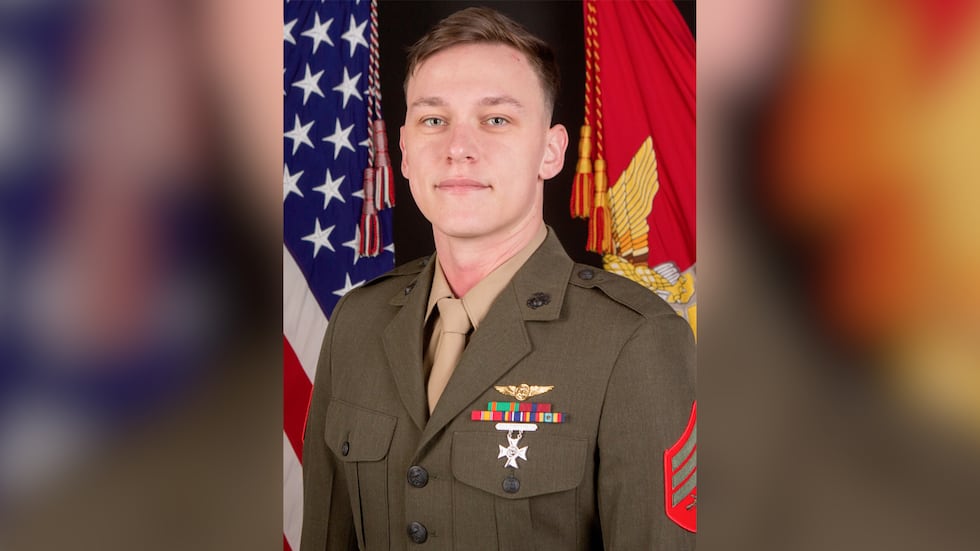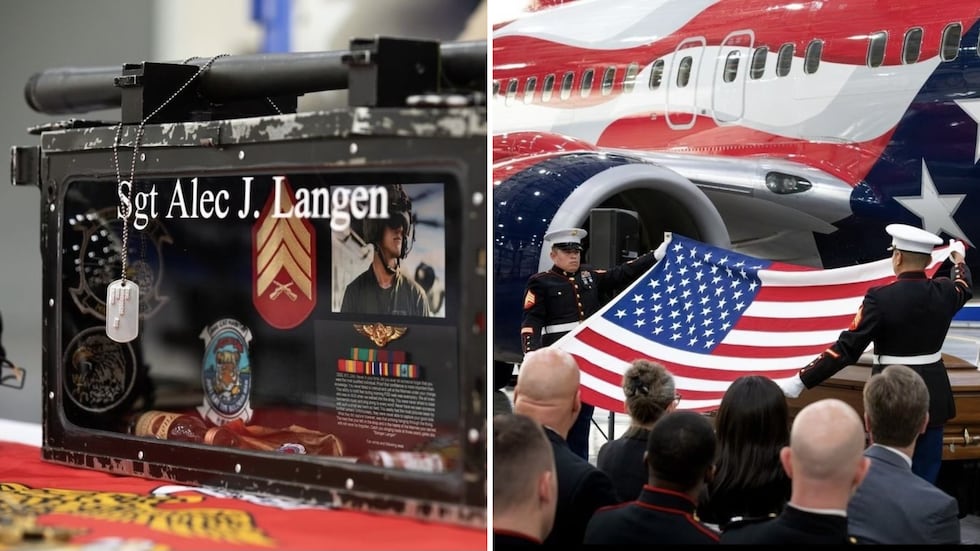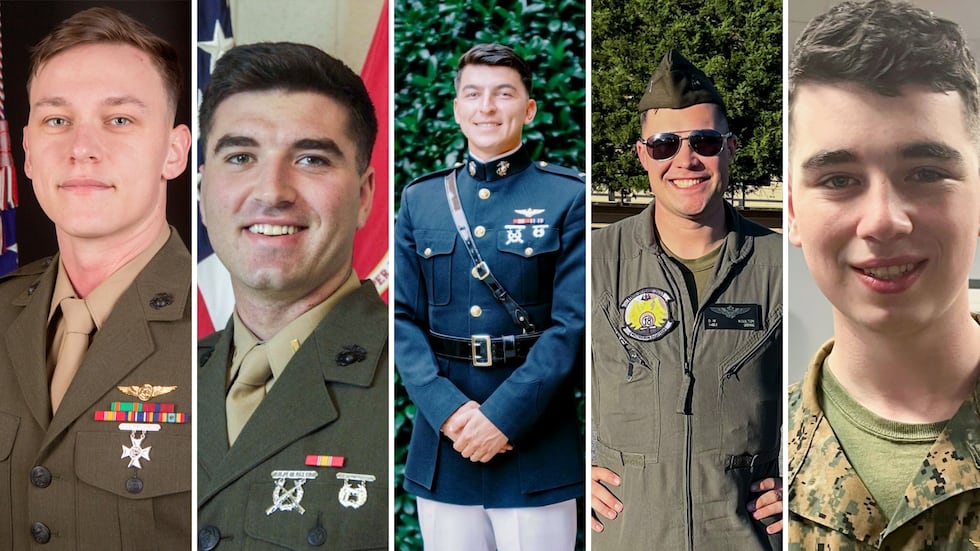Weather, night vision goggles likely factors in deadly Marine chopper crash
Sgt. Alec Langen, of Chandler, was among 5 Marines killed in the crash
WASHINGTON (AP/AZFamily) — The crash of a Marine Corps helicopter last year that killed five service members, including an Arizona Marine, was ultimately caused by pilot error, but the use of night vision goggles and unsafe flying conditions were likely also factors, according to an investigation report obtained by The Associated Press.
The CH-53 Super Stallion crashed Feb. 6, 2024, during a late-night flight when it hit a mountain near Pine Valley, California, on its way back to Marine Corps Air Station Miramar.
All five Marines aboard were killed in the crash:
- Sgt. Alec Langen, 23, of Chandler, Arizona
- Lance Cpl. Donovan Davis, 21, of Olathe, Kansas
- Capt. Miguel Nava, 28, of Traverse City, Michigan
- Capt. Jack Casey, 26, of Dover, New Hampshire
- Capt. Benjamin Moulton, 27, of Emmett, Idaho

Last March, Southwest Airlines hosted a funeral service for Langen, where Freedom One carried his casket home to Arizona. Airline officials said the Marine wanted to join Southwest as an aircraft mechanic after he finished his service. Just a month before his death, Langen married his wife, Casey.
Langen earned several accolades during his time of service, including the Navy and Marine Corps Achievement Medal, Good Conduct Medal, Global War on Terrorism Service Medal, National Defense Service Medal, and two Sea Service Deployment Ribbons. Since his death, his family has set up a nonprofit to help military families experiencing the same kind of grief.

Investigators found that multiple factors likely led to the crash. But as with several previous military aviation accidents, investigators had to make some assumptions because the CH-53 was not equipped with a flight data recorder capable of surviving a crash.
The limits of night vision goggles have also been identified as a potential factor in the fatal collision of an Army Black Hawk helicopter and a passenger jet near Reagan Washington National Airport in January that killed 67 people. The goggles can reduce a pilot’s ability to determine distance and can be degraded by weather or light pollution.
The Marine helicopter was flying in icing conditions with low cloud cover that obscured the mountainous terrain along the flight path. The crew was using night vision goggles, which likely did not give them the clear picture needed to avoid a crash into terrain, investigators found.
Investigators say the precipitation and clouds probably degraded the goggles’ performance and possibly gave the crew a false sense that they were maintaining the safe distances needed in the flight.

The pilot and crew chief “most likely believed they were operating legally and within their comfort level,” investigators found.
Ultimately, though, investigators found that the pilot’s failure to avoid the terrain was the primary cause of the crash. They also learned that the commanding officer, who was relieved of duty due to a loss of confidence in his ability to lead, should not have given the crew approval to fly.
The Super Stallion vanished during the overnight flight on its way back to Miramar from Creech Air Force Base. The helicopter was discovered in the morning near the mountain community of Pine Valley.
In interviews contained in the report, multiple members of the squadron said that the crews had been stretched thin because their unit had to fly additional missions to compensate for last year’s monthslong grounding of the V-22 Osprey fleet.
Copyright 2025 The Associated Press. All rights reserved.







